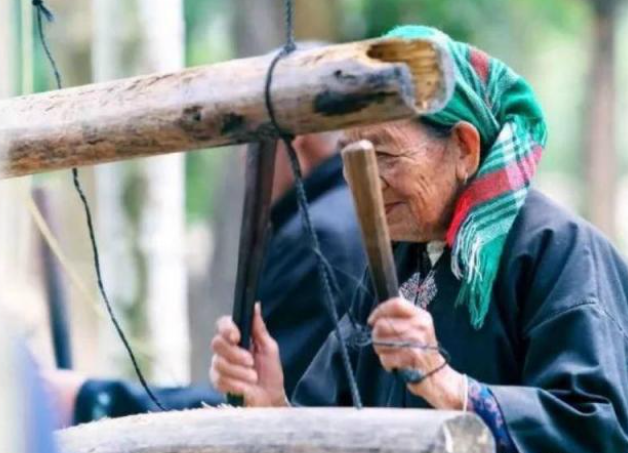A traditional musical instrument that heals the soul - ding dong
314 views · Organized by 夏浩东 on 2022-03-04
Friends who have been to Hainan know that there is a warm and hospitable ethnic group in Hainan, that is, the Li people. Most of the Li people live on Hainan Island. The Li people not only make pottery and Li brocade... They are also a nation that loves music and dances and can sing and dance well. There is a saying in the Li nationality that "the singing does not stop, the flute does not stop", which shows that music and dance play an important role in the life of the Li people.
When an old couple was tending the crops, they ran out of mud pellets, but the birds still didn't leave. Grandma picked up a wooden stick and knocked it, but the birds were frightened and ran away. Inspired, Grandpa deliberately found a loud wooden stick to strike to scare birds and beasts, and guard the mountain fence for crops such as rice, corn, and cassava.

The ding-dong sound is clear and loud, which can be used to drive away birds and beasts (it is said that monkeys are most afraid of the ding-dong sound) and protect crops. It is an indispensable labor tool in the fields of the Li people. Ding-dong later became a form of entertainment for the Li people after production and labor, and later, Ding-dong gradually developed into playing musical instruments.



When an old couple was tending the crops, they ran out of mud pellets, but the birds still didn't leave. Grandma picked up a wooden stick and knocked it, but the birds were frightened and ran away. Inspired, Grandpa deliberately found a loud wooden stick to strike to scare birds and beasts, and guard the mountain fence for crops such as rice, corn, and cassava.

The ding-dong sound is clear and loud, which can be used to drive away birds and beasts (it is said that monkeys are most afraid of the ding-dong sound) and protect crops. It is an indispensable labor tool in the fields of the Li people. Ding-dong later became a form of entertainment for the Li people after production and labor, and later, Ding-dong gradually developed into playing musical instruments.


Involving musical instruments
Ding dong(pinyin:ding dong), a unique percussion instrument of the Li nationality, is named after the sound of the instrument. Among the Li people, both men and women, young and old, love to play Ding-dong, and regard it as their favorite musical instrument. They also compose many Ding-dong folk songs, and they will play and sing at the same time during Chinese New Year, festivals or gatherings.
Guess you like
Organized by 不知桃夏 on 2022-02-07
Ding-dong is an ancient folk musical instrument of the Li nationality. Ding-dong has been circulated in Hainan for a long time. It records the era of slash-and-burn cultivation by the Li people.
read >>
Organized by 花昼 on 2022-02-07
Ding-dong is an ancient musical instrument of the Li nationality. Ding-dong has been circulated among the people in Dongfang, Baoting, Baisha and Ledong in Hainan for a long time.
read >>
 渝公网安备 50010702504639号
渝公网安备 50010702504639号